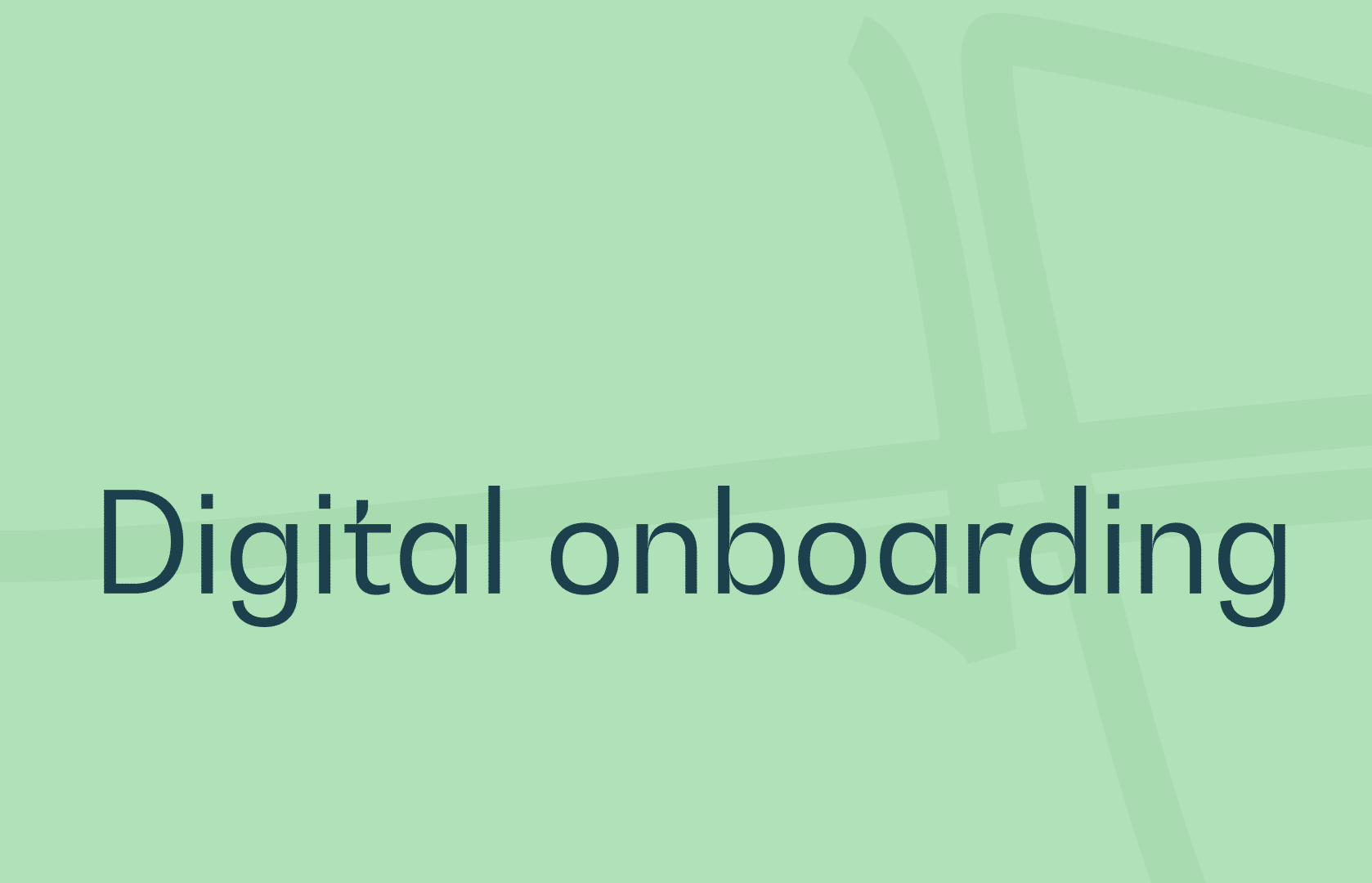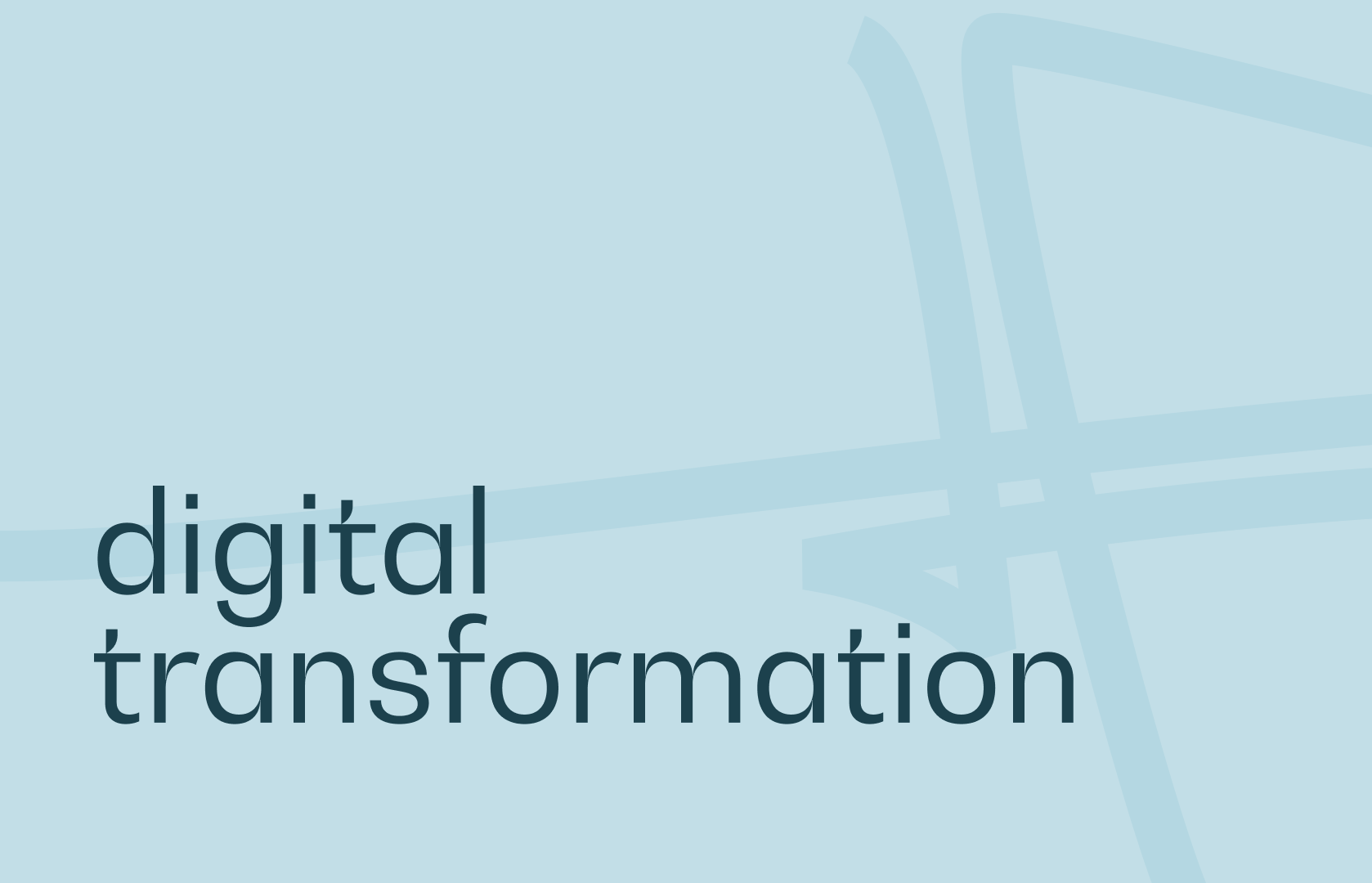A new employee’s first few days with the company are the most important. During this period, they get to know the company’s values, find their feet, share their visions and so on. Onboarding is the term used to describe this stage. It’s not just about the employee’s first days at the company; it starts long before that and extends over several weeks. Companies are investing in a number of ways to make onboarding a success, especially as failure can cost them around 7,000 euros, as recruits decide whether or not to stay with the company for the first few months. Digital technology is now attacking this HR process. In fact, organizations are turning to digital tools to carry out their integration process.
Onboarding: its importance within an organization
Onboarding is the process of integrating and welcoming a new employee. Quality onboarding guarantees a positive experience for new arrivals. Why is onboarding such an important part of HR policy?
A study of several companies reveals that 17% of new employees decide to leave after three months on the job. A third of them are already looking for a new job within the first six months of taking up the post. Finally, 23% leave before the end of the year.
Another survey conducted in 2015 shows that 40% of new employees consider the integration process at their new company superfluous.
Faced with these figures, HR managers have decided to implement an effective onboarding strategy. The main objective is to capitalize on a seamless onboarding process to integrate a new employee. In this context, digital onboarding is an effective way of achieving this objective.
What about customer onboarding?
Although onboarding is a process associated with the human resources field, it can also be used in many other areas. Indeed, wherever the company needs to address the issue of integration programs, onboarding remains a key element. This is the case, for example, when integrating new customers.
What is customer onboarding? In the relationship between an organization and its customers, onboarding represents the first few months. Users discover the company, assess its reliability and assimilate its functionalities. At the end of this first experience, they decide whether to confirm their customer status or abandon your structure.
The challenges of successful integration
The arrival of a new employee is a crucial event. According to a study carried out by Welcome to the Jungle, 4% of employees decide to leave their job on the first day of their employment contract because of failed onboarding. Hence the importance of effective onboarding. This approach meets several objectives.
Talent retention
The main objective of this integration plan is to retain new talent. When they develop a sense of belonging and attachment to a company, they will be less inclined to leave.
Efficiency
The aim of recruitment is to find an employee who is quickly up and running: from trial period to permanent contract. This requires a successful induction process. To achieve this, they need to acquire autonomy quickly.
Optimize recruitment costs
Recruitment is an expensive and time-consuming process. And yet, a poorly integrated candidate can lead to departure and increased turnover. The company is then obliged to start the process all over again, welcoming another person. And yet, the cost of rehiring represents more than half the annual salary for the position.
Why opt for digital media?
Many companies are now turning to digital technology for their reception processes. This digitalization offers a number of advantages.
Firstly, welcoming new members often involves lengthy administrative processes. These tasks require resources and time. With digital tools, everything becomes simpler and faster. Instead of focusing on repetitive tasks, the person working on onboarding can concentrate on the human aspect of the onboarding stage.
Digital onboarding also helps avoid errors and misunderstandings. The information shared is personalized and adapted to each position. In this way, the presence of a tool enables you to better integrate the information to be shared with a service provider, an in-house employee or even a freelancer.
Digitization also ensures that information is always up to date. The new colleague therefore has access to up-to-date data during the induction process
Digital onboarding provides personalized support for each new recruit. HR and the manager can welcome new members of staff and get them up and running quickly.
Finally, the new employee can access information about the organization without having to ask the IT department or his HR manager for authorization. This means they can get up and running with the information they have, and join the team with ease.
What tools should you use to implement digital onboarding?
Companies can now digitalize several key stages in their onboarding process. Some tools are specifically designed for onboarding, while others can be used to support the HR team.
Setting up a checklist
On a new employee’s first day in an organization, there’s nothing worse than twiddling one’s thumbs. He finds himself in unfamiliar territory, and you lack the staff to guide him. They’re eager to take on their new role, but a lack of sponsorship can slow down the process.
To avoid these moments of uncertainty, a checklist helps the newcomer fill his or her days. This document lists all the activities to be carried out during the first few days. The supervisor also holds this schedule. You can use online applications to list these tasks.
Integration tools
In recent years, a number of start-ups have been developing integration applications. The aim of these tools is to optimize hiring procedures. This type of HR software often integrates other useful human resources functionalities, such as recruitment.
Learning management systems
To learn more about how the workplace works, the new employee needs to read up. However, reading dozens of pages of paper documentation is not very motivating.
As it happens, allocating a manager to this task represents a cost for the company. That’s why it’s better to opt for a technological learning system. Employees can learn via an e-learning platform at a more affordable cost.
Audiovisual media
When a company uses specific software to manage its production processes, for example, mastering these tools takes time. New employees may not be familiar with your tools. Video tutorials make it easier to learn these tools. What’s more, creating content with colorful visuals is more interesting than welcome booklets.
The keys to effective digital onboarding in three stages
To achieve the objectives set by the organization, the use of digital support proves to be an asset. Several service providers offer companies fun tools to support employees during their induction phase.
How to create onboarding? Some companies often make the mistake of focusing solely on the first few days after an employee’s arrival. However, effective onboarding should be approached in 3 stages.
Before the employee arrives
The recruitment interview is over, you’ve found the key member of staff to complete your team. You need to start the onboarding process well before the new recruit arrives on site.
Showing him or her attention before they arrive is a great motivator. During this stage, you can present your company using fun digital tools.
An informative e-mail, for example, enables them to learn more about the organization and the position in question. This method is simpler and more accessible for the new employee.
The aim of this upstream process is to give them all the information they need to be ready for their first day. Even if it’s his or her first day on site, he or she will be familiar with safety rules and the general workings of the company.
The first days on arrival
A warm welcome is essential when a new employee takes up his or her post, so that they feel at ease. Organizing a short introductory meeting helps them to feel useful. Positive attention shows that the company needs his or her skills.
During the same day, they can explore the premises, get to know every employee on site and find out about their position.
What happens after the first few days
The new employee has completed his or her integration. But onboarding doesn’t stop there. The company can set up team-building events to strengthen the cohesion of the team, including the newcomers.
The HR manager can also draw up a questionnaire to find out what motivates the newcomers. This little quiz can be used to assess the degree of integration, to obtain an astonishment report, to identify weak points in the process and to correct them in the future. Interviews are another effective way of taking stock. A single interview is not enough: regular updates enable you to gauge your impression of the company’s employees. They can express themselves freely on their experiences as employees and on integration programs.
How to successfully implement a digital onboarding process?
To ensure an effective integration process, you should insist on the following points.
Exchanges with managers
The new employee will be part of a team headed by a manager. The HR team needs to talk to the manager about the integration of new hires:
- Identify the training needed to facilitate integration,
- Find out about the equipment required for the position, and finally,
- Plan the integration into the company, visit the premises, etc.
Tool preparation
New employees are often faced with poor preparation on their first day. Sometimes, the office is not yet ready to welcome them. Many tools are still missing, such as a computer, badge, etc. The IT department has not yet connected the computer to the network. The IT department has not yet connected its computer to the network, as the information has not been passed on. In short, the company had not anticipated the arrival of the new recruits. During the first week, the integration process is delayed and the employee is not yet able to take up his new position. Although integration continues afterwards, this situation can give rise to negative feelings in the employee, such as a feeling of not being welcome.
Setting up a tutoring system
Despite the existence of several digital tools, appointing a mentor also speeds up the integration stage. The company can designate a mentor for the position. The mentor can be a colleague or a line manager. In this way, the newcomer can easily blend into the team.
Drawing up a balance sheet
It’s been a few weeks since the new employee has been working on your premises. It’s time to take stock of his or her overall impression, a logical continuation of the integration follow-up:
- Does he feel comfortable with the company?
- Does he plan to continue the adventure?
- Does the job description match his expectations?
By getting an answer to these questions, you’ll gain an overview of your digital onboarding process. This will enable you to adjust any points that don’t quite fit in with your policy and your employees‘ well-being.




